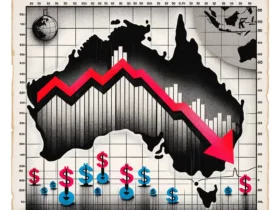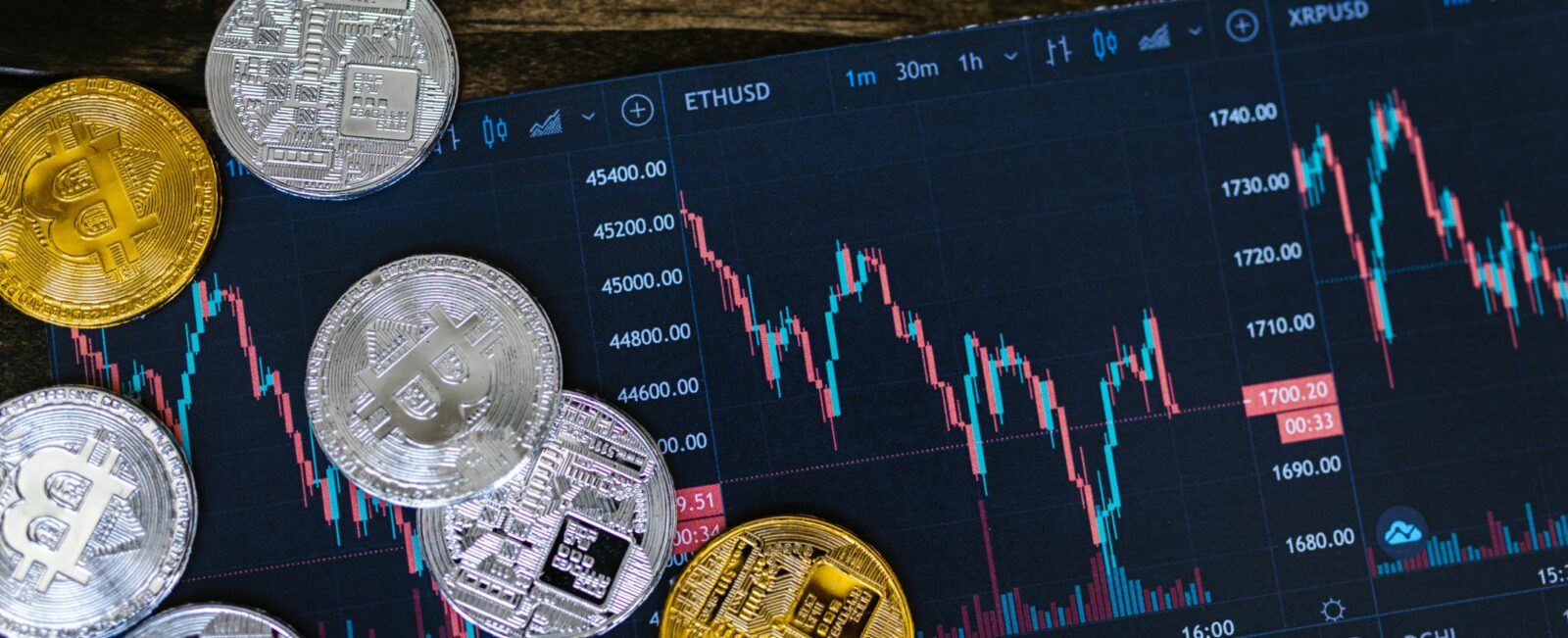Despite the worldwide pandemic unleashing ruin on all massive economies on the planet, the BITCOIN BLOCKCHAIN industry has proceeded to experience a surge.
Several blockchain startups have arisen in space to respond to the ever-increasing market for Bitcoin. Also, they react to related cryptocurrencies during this pandemic.
Also Read: Bitcoin IRA Rules: Cryptocurrency For Retirement
CoinSwitch Kuber, for example, recently announced the raising of $15 million (Rs 109 crore) Series. Funding from leading global fintech investors like Paradigm, Ribbit Capital, Sequoia Capital India, and CRED’s renowned angel investor Kunal Shah.
The market capitalization of cryptocurrencies fueled by Bitcoin’s rise has recently reached the $1 trillion level. Bitcoin is responsible for about 69 percent of the entire stock cap. Also, it ha on a bull run for quite some time. One Bitcoin cost was ~6,00,000 only six months earlier. Contrary, Bitcoin is selling for ~~25,00,000 today, which is around a 400 percent price increase.
Also Read: “Bitcoin Evolution Review” | Is Bitcoin Evolution Scam?
Either, the second-largest cryptocurrency crossed a record high of over 1.00.000. And It grew in volume by over 1.000 trillion in one year in terms of market capitalization. Similarly, there has been a spike in several cryptocurrency rates, and investors ask why. Here are five reasons why prices for cryptocurrencies are increasing:
Cryptocurrencies are now considere as safe-haven asset against market volatility and inflation, especially Bitcoin. The new social and economic climate often produces a situation in which people can carry less cash and remain hedged against price fluctuations.
There has been a development lately where public corporations transform their cash treasuries into cryptocurrencies. Square, the American payment firm, acquired Bitcoins worth $50 million. Following this, Microstrategy exchanged $425 million worth of cash deposits into Bitcoin. And it is a publicly-traded firm in the US, finding it a better store of value.
Several enterprises have since adopted this practice. As a currency and valuation shop, corporate giants’ confidence in cryptocurrencies has brought more merit to it.
The multinational digital payments company Paypal announced in October 2020 that it would launch the purchasing and sale of cryptocurrency functions on its website.
There was an involvement of four significant currencies, namely Bitcoin, Bitcoin Cash, Litecoin, and Ethereum, were involved in the launch. Paypal has also revealed proposals to allow cryptocurrencies for transaction use.
Paypal has 350 million customers, as per estimation. Now, it will be able to accept crypto as a form of payment. Its 30 million merchants would also have the option of accepting crypto payments.
As sustainable money, Paypal was one of the detractors of the blockchain. It’s one of the most prominent faces on the bandwagon now. Along with others and the help of PayPal, the asset class has become more in demand, thereby increasing its price. In addition to Paypal, the company also operates another successful Venmo payment portal. Also, it exposes another 40 million users to crypto payments.
While these systems are fresh to the blockchain, several other platforms are already larger in crypto payments.
Many policymakers are now attempting to control the industry because many private investors are trying to use cryptocurrencies as a trade form. Many countries have taken a positive approach against cryptocurrency, such as Japan, the US, Germany, etc.
Bitcoin miners achieve this mining by checking blocks of Bitcoin that are groups of Bitcoin transactions. A miner who can validate one block of transactions and connect it to the Bitcoin network is rewarded a certain number of bitcoins as a reward every 10 minutes.
This reward currently stands at 6.25 BTC per legitimate extracted stone. But this per-block incentive falls by half approximately every four years, or every 210,000 blocks are mined. This pattern of reducing the Bitcoin block reward by 50 percent every four years is called the halving of Bitcoin. It also doubles the stock ratio to flow (total money available: real currency in circulation).
One of the essential variables leading to the Bitcoin price is halving. As there are only 21 million Bitcoins in all, there is less dissemination of the market money as the payout diminishes. Furthermore, as more people know about the item’s accessibility, more interest increments, bringing about a greater cost. Since Bitcoin possesses a more significant part of the market capitalization, different monetary standards might be affected by Bitcoin esteems.
Cryptocurrency is a digital currency – a value store and a mode of exchange – that can be used as both. At the same time, it has just begun to draw interest as a legal payment tool. It has developed itself as a new asset class over the past decade.
Even if the public is hesitant to use it for sales, many prefer to turn their cash into crypto. Because they think it is a safer store of value and protection against inflation because of its deflationary existence. In India, after lifting the RBI ban on cryptocurrencies, its investors experienced a considerable rise.
Moreover, to make crypto investment available, several platforms have launched and obtained funding in this space. CoinSwitch Kuber, which acquired over two million users in just six months after its introduction, is one such site. As the public becomes more open to cryptocurrencies, more institutional buyers seek a slice of the asset class. Thus, they are ready to pay more.
If the rising rates on the crypto market have made you believe that investing in cryptocurrencies is too late, realize that this is just the start. Cryptocurrencies will become main-stream as more countries aim to control the market.










